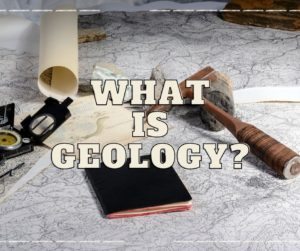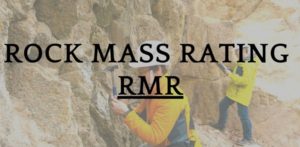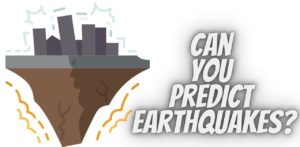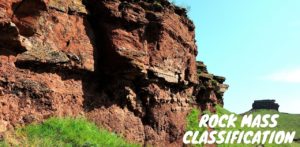What’s the difference between a rock and a mineral?
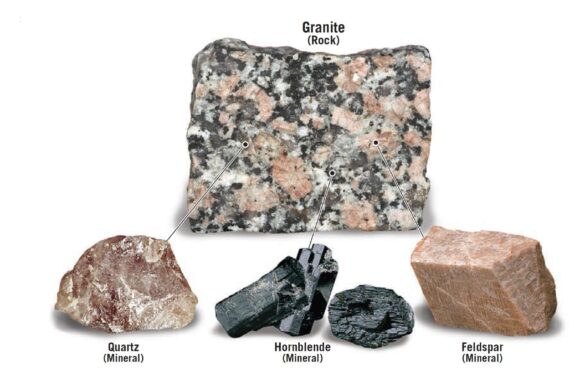
Definition of Rocks and Minerals
Understanding the Basics
When exploring the wonders of geology, one often encounters the terms “rocks” and “minerals.” These terms are used interchangeably by many, but in reality, rocks and minerals are distinct entities with unique characteristics and formations. So, let’s delve into the fascinating world of rocks and minerals to uncover their differences and similarities.
Origin and Formation Processes
The Birth of Rocks and Minerals
Rocks: Rocks are naturally occurring aggregates of minerals or mineraloids. They form through a series of geological processes, starting with the rock cycle. This cycle includes three main types of rocks: igneous, sedimentary, and metamorphic. Igneous rocks originate from molten magma, either cooling beneath the Earth’s surface (intrusive) or solidifying on the surface (extrusive). Sedimentary rocks are formed from the accumulation and compression of sediment over time. Metamorphic rocks, on the other hand, are the result of pre-existing rocks undergoing high pressure and temperature, leading to a transformation.
Minerals: Minerals are naturally occurring, inorganic substances with a defined chemical composition and ordered atomic structure. They are created through various geological processes, including crystallization from magma or solutions, precipitation from water, and metamorphic transformations. Minerals can form in a wide range of conditions, from the intense heat of volcanic environments to the quiet depths of the Earth’s crust.
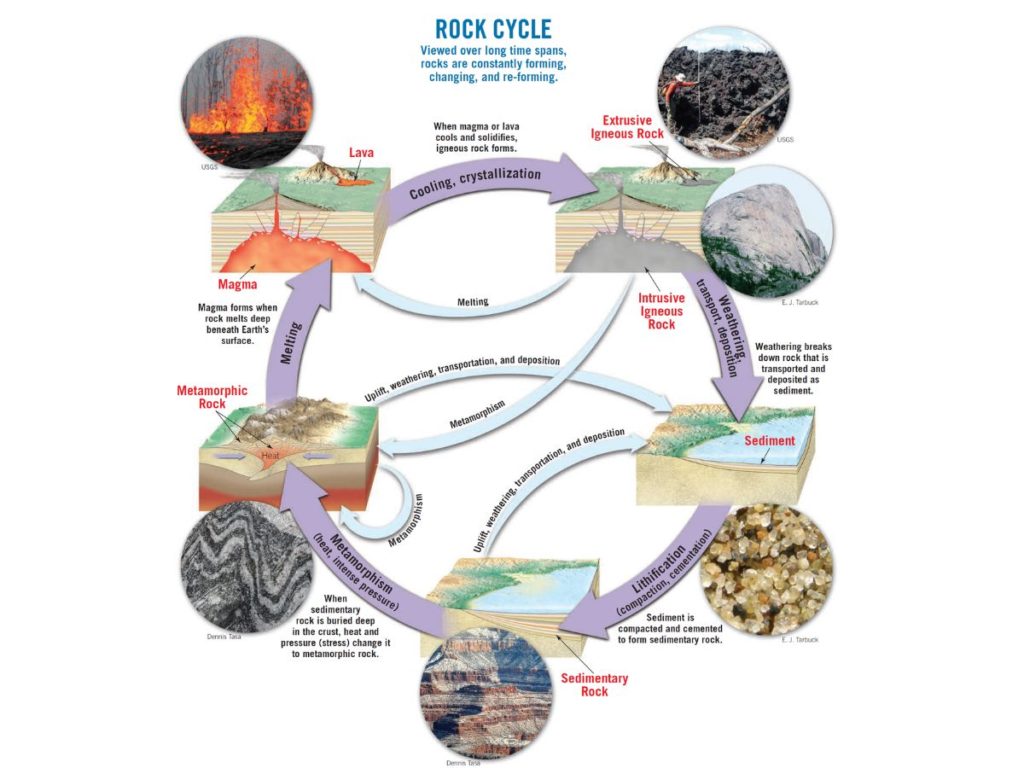
Composition of Rocks and Minerals
Understanding the Building Blocks
Rocks: As mentioned earlier, rocks are made up of minerals or mineraloids. The composition of a rock depends on the minerals present in it. Some rocks may consist of a single mineral, while others may contain a variety of minerals. For example, granite is primarily composed of quartz, feldspar, and mica, whereas basalt is mainly composed of plagioclase feldspar and pyroxene.
Minerals: Minerals are elemental compounds with specific chemical formulas. They are the building blocks of rocks and can be identified based on their unique physical and chemical properties. Some common minerals include quartz, feldspar, mica, calcite, and hematite, each with its own distinctive characteristics.
Physical Properties of Rocks and Minerals
Distinguishing Features
Rocks: The physical properties of rocks can vary widely depending on their type and formation process. Hardness, texture, color, and appearance are some common features used to identify rocks. For instance, igneous rocks tend to be hard and have interlocking mineral grains, while sedimentary rocks often have visible layers or bedding structures.
Minerals: Minerals possess a set of specific physical properties that aid in their identification. Cleavage, hardness, luster, streak, and crystal form are some of the key characteristics used by geologists and mineralogists to differentiate between minerals. For example, diamonds are renowned for their exceptional hardness, while talc is known for its softness.
Chemical Properties of Rocks and Minerals
The Hidden Secrets
Rocks: Chemically, rocks are primarily composed of various elements bonded together to form minerals. These elements include silicon, oxygen, aluminum, iron, calcium, sodium, and many others. The chemical composition of a rock dictates its classification and behavior under different conditions.
Minerals: Minerals have unique chemical compositions that distinguish them from one another. For example, quartz is composed of silicon and oxygen (SiO2), while calcite is made up of calcium, carbon, and oxygen (CaCO3). These chemical properties play a crucial role in the formation and transformation of minerals over geological time scales.
Geological Classification of Rocks and Minerals
Grouping the Earth’s Treasures
Rocks: As mentioned earlier, rocks are classified into three main types based on their formation process: igneous, sedimentary, and metamorphic. Igneous rocks are further categorized based on their mineral composition, texture, and cooling rate. Sedimentary rocks are classified according to their grain size, composition, and origin. Metamorphic rocks are grouped based on the degree of metamorphism and their parent rock.
Minerals: Minerals are classified into groups based on their chemical composition and crystal structure. There are several mineral classes, including silicates, carbonates, sulfates, halides, and oxides, among others. Within each class, various minerals exhibit unique properties and characteristics.
Igneous Rocks: Formation and Types
Born from Fire
Formation: Igneous rocks originate from the cooling and solidification of magma or lava. When magma cools and solidifies beneath the Earth’s surface, intrusive igneous rocks like granite and diorite are formed. When lava erupts and cools on the surface, extrusive igneous rocks like basalt and pumice are created.
Types: There is a wide range of igneous rocks, each with distinct mineral compositions and appearances. Granite, known for its coarse-grained texture, is composed of quartz, feldspar, and mica. Basalt, on the other hand, is fine-grained and primarily made up of plagioclase feldspar and pyroxene.
Sedimentary Rocks: Formation and Types
Layers of Earth’s History
Formation: Sedimentary rocks form through the accumulation, compaction, and cementation of sediments over extended periods. These sediments can include sand, silt, clay, organic matter, and even dissolved minerals. As layers of sediment build up, they eventually become compacted into solid rock through the pressure from above layers.
Types: Sedimentary rocks are classified into three main categories: clastic, chemical, and organic. Clastic rocks, like sandstone and shale, are formed from fragments of pre-existing rocks. Chemical rocks, such as limestone and gypsum, form from the precipitation of minerals from solution. Organic rocks, like coal and limestone, are composed of organic material like plant debris or shell fragments.
Metamorphic Rocks: Formation and Type
The Rock Transformers
Formation: Metamorphic rocks are formed from pre-existing rocks that undergo high pressure, temperature, and/or chemically active fluids. These conditions cause the minerals within the rock to recrystallize, resulting in a new rock with altered properties. Metamorphism can occur due to tectonic forces, contact with hot magma, or deep burial within the Earth’s crust.
Types: Metamorphic rocks can be foliated or non-foliated. Foliated rocks, such as slate and schist, have aligned mineral grains that give them a layered appearance. Non-foliated rocks, like marble and quartzite, lack this alignment and usually have a more uniform texture.
Characteristics of Common Minerals
Unraveling Earth’s Gems
Quartz: Quartz is one of the most abundant minerals on Earth and comes in various forms, including amethyst, citrine, and rose quartz. It is known for its hardness and glassy appearance, often used in jewelry and electronics.
Feldspar: Feldspar is a group of minerals that make up a significant portion of the Earth’s crust. It can be found in igneous, sedimentary, and metamorphic rocks. Potassium feldspar is often pinkish or reddish, while plagioclase feldspar is usually white or gray. Feldspar is essential in the formation of igneous rocks and serves as a flux in ceramics and glassmaking.
Mica: Mica is a group of sheet silicate minerals that exhibit excellent cleavage, allowing them to split into thin, flexible sheets. It comes in different varieties, such as muscovite (colorless or light-colored) and biotite (dark-colored). Mica is widely used in electrical insulators and as a component in cosmetics.
Calcite: Calcite is a carbonate mineral with a wide range of colors, including colorless, white, yellow, and green. It is a primary constituent of limestone and marble and plays a crucial role in the formation of sedimentary rocks. Calcite also finds applications in agriculture, construction, and as a source of calcium supplements.
Hematite: Hematite is an iron oxide mineral with a distinctive reddish-brown to black color. It is an important ore of iron and is used in manufacturing steel, pigments, and jewelry beads. Hematite’s reddish streak when scratched against a rough surface sets it apart from other minerals.
Quartzite: Quartzite is a metamorphic rock primarily composed of quartz grains that have undergone metamorphism. It is extremely hard and durable, making it a popular choice for countertops, flooring, and wall cladding.
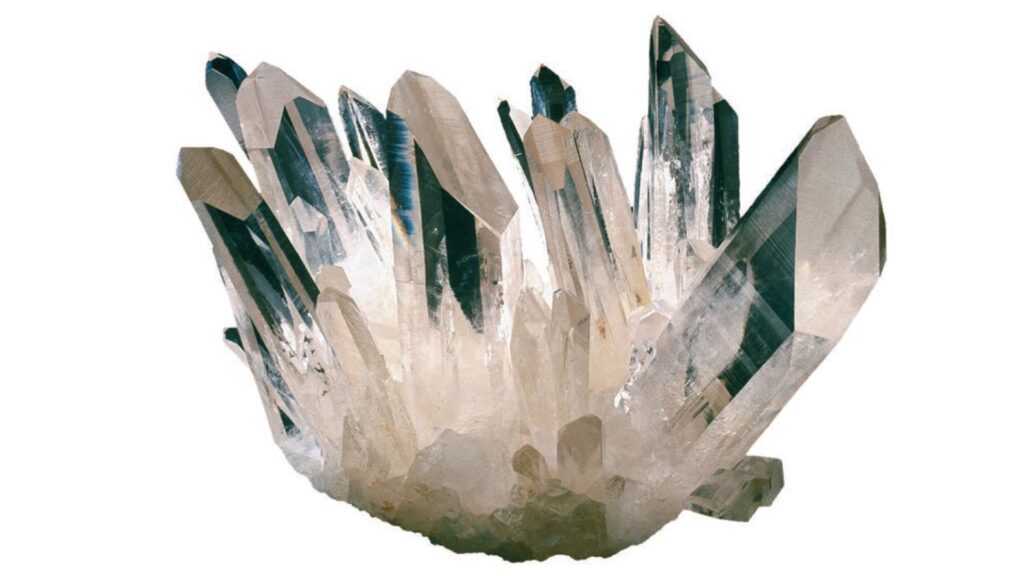
Identifying Rocks and Minerals
Decoding Earth’s Secrets
Identifying rocks and minerals is an exciting pursuit for geologists, amateur rock enthusiasts, and students alike. Several methods and tools can be employed to determine the composition of rocks and minerals.
Visual Examination: The first step in identification often involves a visual examination of the sample. Observing color, texture, and overall appearance can provide valuable clues about the rock or mineral’s identity.
Hardness Test: Measuring the hardness of a mineral is crucial for identification. The Mohs scale, ranging from 1 (softest) to 10 (hardest), is commonly used. For example, talc has a hardness of 1, while diamond tops the scale at 10.
Streak Test: The streak test involves rubbing the mineral against a rough surface to determine its color when powdered. This color can differ from the mineral’s outer appearance and aid in identification.
Luster and Transparency: Examining the way light interacts with the surface of a mineral helps determine its luster (shine) and transparency (ability to transmit light). Common types of luster include metallic, vitreous (glassy), and pearly.
Crystal Form: Minerals often have distinctive crystal forms or shapes. Observing these shapes under a microscope or magnifying glass can be instrumental in identification.
Uses of Rocks and Minerals
From Practical to Aesthetic Applications
Rocks: Rocks have a plethora of applications across various industries and in our daily lives. For instance, granite and marble are widely used in construction and architecture for countertops, flooring, and sculptures. Limestone serves as a building material and is essential for cement production. Pumice is utilized in exfoliating skin products, while slate finds use in roofing materials and billiard tables.
Minerals: Minerals play a vital role in a multitude of industries. Quartz, due to its piezoelectric properties, is indispensable in electronic devices like watches and sensors. Hematite is a key source of iron, which is essential for manufacturing steel. Kaolin, a type of clay mineral, is used in ceramics, paper coatings, and the pharmaceutical industry. Additionally, gemstones like diamonds, rubies, and emeralds are prized for their beauty and used in jewelry.
Mining and Extraction of Minerals
Unearthing Earth’s Treasures
Mining Methods: Mining is the process of extracting minerals from the Earth’s crust. There are several methods of mining, depending on the type of deposit and its depth. Open-pit mining involves removing the overlying soil and rock to access the mineral deposit. Underground mining is employed when the mineral deposit is deep underground, requiring tunnels and shafts to reach the resource.
Environmental Impact: Mining, while essential for obtaining valuable minerals, can have significant environmental consequences. Deforestation, habitat destruction, soil erosion, and water pollution are some of the negative impacts of mining operations. Proper mining regulations and environmental management are crucial to mitigate these effects.
Environmental Impact of Rock and Mineral Extraction
Balancing Nature and Resource Needs
The extraction of rocks and minerals can have a profound impact on the environment. The ecosystem disruption and habitat loss caused by mining activities can lead to the extinction of plant and animal species. Additionally, the release of toxic substances and heavy metals during mining processes can contaminate water sources and harm both human and animal populations.
To address these concerns, sustainable mining practices and reclamation efforts are essential. Implementing eco-friendly mining techniques and restoring mined areas to their natural state can help minimize the environmental impact of rock and mineral extraction.
Industrial Applications of Rocks and Minerals
Powering Progress
The industrial sector relies heavily on rocks and minerals for various applications. The construction industry utilizes aggregates like gravel and sand in concrete and asphalt production. Clay minerals are essential in ceramic, brick, and glass manufacturing. Metals extracted from ores, such as iron, copper, and aluminum, serve as building blocks for machinery, infrastructure, and transportation.
Furthermore, minerals are crucial components in technologies like smartphones, computers, renewable energy systems, and medical devices. Without the raw materials obtained from rocks and minerals, modern industrial advancements would be impossible.
Rock and Mineral Collecting as a Hobby
Unleashing the Inner Geologist
Rock and mineral collecting, also known as amateur geology or rockhounding, is a popular hobby worldwide. Enthusiasts, ranging from children to experienced geologists, take pleasure in discovering and collecting rocks and minerals from various locations.
Apart from being an enjoyable pastime, rock and mineral collecting offer educational benefits. Collectors learn about geological processes, mineral properties, and the Earth’s history. Many collectors build impressive collections showcasing a diverse array of specimens.
Geological Time Scale and Rock Formation
The Journey through Time
The geological time scale provides a framework for understanding the vast expanse of Earth’s history. Rocks are essential clues in reconstructing the events that have shaped our planet over millions of years.
Rocks formed during different geological periods offer insights into the climate, ancient landscapes, and the evolution of life on Earth. By analyzing rock layers, geologists can decipher the Earth’s history, including past mass extinctions, mountain-building events, and changes in sea levels.
Geologic Processes and Their Impact on Rocks and Minerals
The Ever-Changing Earth
Geological processes, such as weathering, erosion, and plate tectonics, continuously reshape the Earth’s surface. Weathering breaks down rocks into smaller fragments, creating sediment that eventually forms sedimentary rocks. Erosion transports these sediments, depositing them in new locations.
Tectonic forces cause the movement of Earth’s lithospheric plates, leading to earthquakes, volcanic activity, and the formation of mountain ranges. These processes have a profound impact on rocks and minerals. For instance, during tectonic collisions, rocks may undergo metamorphism, transforming into new types of rocks with different mineral compositions and textures.
Volcanic activity, on the other hand, contributes to the formation of igneous rocks. When lava cools and solidifies, it creates volcanic rocks like basalt and andesite. The interaction between hot magma and surrounding rocks can also lead to the formation of unique mineral deposits.
Importance of Rocks and Minerals in Earth’s History
Chronicles of Our Planet
Rocks and minerals have played a pivotal role in shaping the history of our planet. The study of rocks and minerals has provided crucial insights into Earth’s past, including climate fluctuations, geological events, and the evolution of life.
Fossils found within sedimentary rocks offer evidence of ancient life forms, helping paleontologists reconstruct the story of Earth’s biodiversity over millions of years. Rocks also provide information about the movement of continents, the occurrence of volcanic eruptions, and the impact of meteorite strikes, which have all significantly impacted the course of Earth’s history.
Future Prospects and Sustainability in Rock and Mineral Usage
Striking a Balance
As the global population continues to grow, the demand for rocks and minerals will inevitably increase. Balancing the utilization of these valuable resources with sustainability is of utmost importance for the future.
Sustainable mining practices, efficient recycling processes, and responsible mineral extraction are some ways to ensure the continued availability of essential minerals without depleting natural resources. Additionally, advancements in technology can lead to the discovery of new mineral deposits and the development of alternative materials to reduce our reliance on scarce resources.
Conclusion
In conclusion, rocks and minerals are the fundamental building blocks of our planet. Understanding their differences, formation processes, and properties is essential for comprehending Earth’s geological history and its impact on human civilization. From the birth of igneous rocks through volcanic eruptions to the formation of sedimentary rocks, capturing fragments of ancient life, and the transformative forces of metamorphism, each aspect of rocks and minerals has a story to tell.
The identification and use of rocks and minerals have far-reaching implications, ranging from practical applications in construction and technology to their aesthetic value as gemstones and collectibles. However, it is essential to balance our reliance on these valuable resources with sustainable practices to protect the environment and ensure their availability for future generations.
So, whether you’re a geology enthusiast, a curious learner, or simply intrigued by the beauty and diversity of Earth’s treasures, the world of rocks and minerals offers a fascinating journey through time, uncovering the secrets of our ever-changing planet. Let’s continue to explore, learn, and preserve these natural wonders for the benefit of all life on Earth.

